Genealogy Tips: Using NYPL Resources at Home to Research Immigrant Ancestors
On busy days, throngs of Library visitors can make the Irma and Paul Milstein Division of United States History, Local History and Genealogy feel like a mini Ellis Island. These patrons are not the "tired… poor… huddled masses yearning to breathe free"—the iconic immigrants immortalized by Emma Lazarus’ poem "The New Colossus"—but rather their "tempest-tost" descendants: tourists, yearning to uncover the stories of their immigrant forebears. They come to Room 121 from every corner of the globe, looking for resources to help them connect with their family's past.
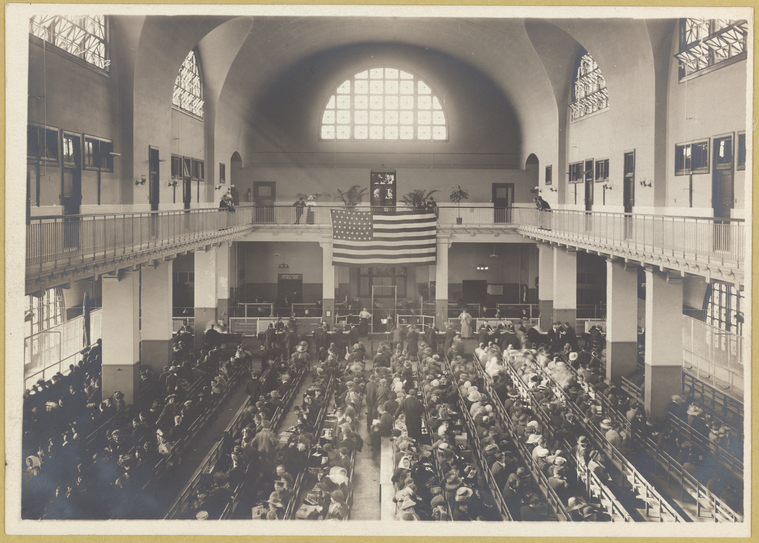
As if carrying on a family tradition, these modern-day travelers often arrive with their own unrealistic expectations, the genealogical equivalent of a street paved with gold: "My family came to America around 1900—can I just type their name in your computer and find their records?"
For a few lucky souls, it may be that easy. A quick search on Ancestry Library Edition (available on-site at all New York Public Library locations) can turn up a treasure trove of census records, directory listings, and even, for the most fortunate, the passenger list of the boat that carried their ancestors through the "air-bridged harbor" of New York City.
But, for most people, finding these precious family records will take more time and effort than a typical tourist itinerary permits—maybe a half-hour or so at the Library before buzzing off to Bemmelman’s for a cocktail, hurrying to a Broadway show, or lining up for the latest exhibition at MOMA or the Met.
Don’t worry, we get it. Even nerdy genealogy librarians like to imbibe more than family history on occasion! As avid local historians, we want you to bite as much of the Big Apple as you can. So for all the poor, time-pressed masses of tourist-genealogists who can spare only a few minutes of their New York City trip for Room 121, here are some key tips for tracing your immigrant ancestors after you return home.
Free or freely accessible genealogy databases
If you aren’t able to quickly find your ancestors using the Library’s genealogy databases, don’t despair. Some of the most valuable genealogy databases are completely free and accessible from any home computer. These are identified on the NYPL genealogy databases list with the symbol of a globe. Among the most useful:
-
FamilySearch: This site provides free access to one of the largest collections of genealogical and historical records in the world. Many have been digitized and can be viewed online (registration is required, but access is free). FamilySearch is a nonprofit, volunteer-driven organization sponsored by The Church of Jesus Christ of Latter-Day Saints.
- Statue of Liberty—Ellis Island Foundation Inc.: Many people are not aware that the ship manifests for Ellis Island/Castle Garden are available online for free! You can search all "Port of New York" passenger records from 1820 to 1957 on the Statue of Liberty—Ellis Island Foundation Inc. site, which was developed, and is maintained, by the American Family Immigration History Center located on Ellis Island.
Other useful, free genealogy databases to help you research your immigrant ancestors include the Bremen Passenger Lists, 1920-1939; Catholic Parish Registers - National Library of Ireland; Genealogy Indexer; German Genealogy Group; and Italian Genealogy Group.
In addition, most public libraries now provide free access to Ancestry Library Edition, and larger libraries may subscribe to other genealogy databases. Check your local library’s website; if you don’t see a link for "databases," look under the "research" tab. Many libraries also link to a page for genealogy and/or local history, available from their home page.
To make the most effective use of these databases, remember genealogy’s cardinal rule: work backwards systematically, from what you know to what you don’t know. This generally means not starting with passenger lists! Instead, begin your search with the 1940 census—since census records are restricted for 72 years for privacy reasons, this is the most recent census currently available to the public.
Census records include all members of the household, making it much easier to identify whether a person with your family’s name is actually one of your ancestors. They also provide information about where each family member was born and how long they have resided in the United States. This information is essential for searching ocean liner passenger lists, which include little identifying information beyond a person’s name.
Still not able to locate your ancestors? Email your questions to us at history@nypl.org and we will help you identify relevant resources and provide tips for navigating them.
Online photographs
There were no "selfies" at Ellis Island. Regrettably, few of us have photographs of our ancestors from the time they immigrated to America. But some wonderful photographs of immigrants at (and after) Ellis Island are available through the NYPL Digital Collections. These images provide a powerful tool for understanding what it was like to enter and assimilate to the United States.

Lewis Hine photographs
If a picture is worth a thousand words, then a Lewis Hine photograph is often worth a thousand other photographs—or rather, non-photographs, the missing pictures of our immigrant ancestors that were never taken or have been lost.
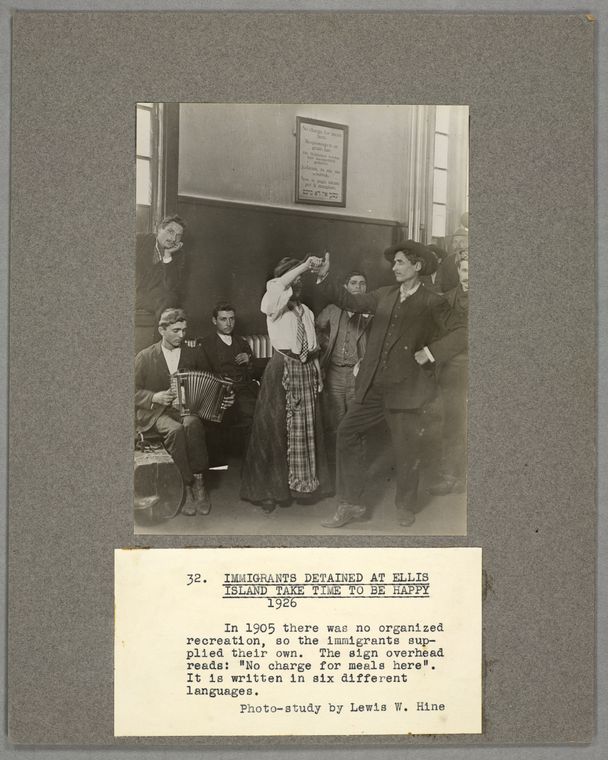
Although Hine is most famous for his photographs of child laborers—which helped bring an end to once-common child labor—he also took wonderful photographs of immigrants. We see them arriving at Ellis Island, working in their new country, building their new lives, and caught in unguarded moments.
Much has been written about Hine and, recently, his immigrant photos have received increased attention. But few genealogy researchers are aware of these photos—and how much they can reveal about our own ancestors’ experiences as recent immigrants.
Hine had an extraordinary knack for capturing the humanity of his subjects. His photographs portray people, not stereotypes. By focusing on his subjects as individuals, he managed, paradoxically, to convey the universality of their experiences.
The NYPL collection of Lewis Hine photographs is available in our Digital Collections portal. If your ancestors passed through Ellis Island in the early 20th century, consider these required viewing.
Other online photographs
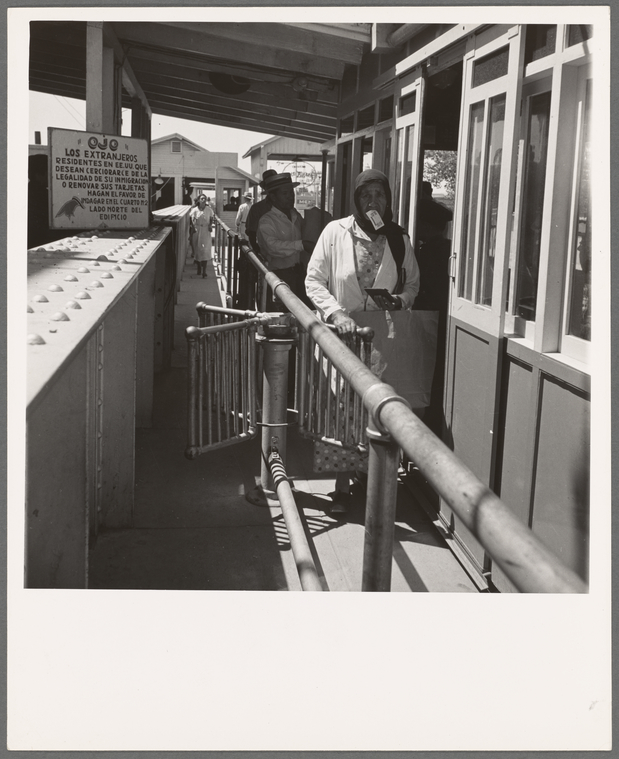
The Library's outstanding collection of additional photographs of Ellis Island, and of immigrants in New York City and beyond, is also available online. Search our Digital Collections portal for "Ellis Island," "immigrant," and/or other relevant keywords.
Many of our earliest photographs are stereographs—two images captured simultaneously and placed side-by-side on a card. Viewed through a stereoscope device, these images merge and appear three-dimensional. Experiments are underway to recreate stereograph effects online, as in this animated sequence produced by Matt Loughrey.
Images of immigrants to the United States are also readily available from many other institutions, such as the Library of Congress. One highlight is this four-minute film of immigrants arriving at Ellis Island in 1906, which brings modern viewers about as close as they can get to rubbing elbows with their ancestors.
Books about immigration to the United States
Passenger manifests, census records, and naturalization papers are essential to genealogy research. But the "official documents" convey only the bare facts of your ancestors’ experiences. To taste the flavor of your ancestor’s life, move beyond just looking for documents that include a family member’s name. Memoirs, histories, immigration studies, books about Ellis Island—consulting these resources will give you a richer picture of your family’s past than the most detailed genealogical records alone.

Hundreds of books have been written about the immigrant experience. There are studies of specific ethnic groups and countless personal memoirs, and the Library has an extensive collection of these and more. Oral histories are also increasingly popular; for example, vivid first-hand accounts of what it was like to pass through Ellis Island are available in print at NYPL (and can be listened to online at the Statue of Liberty—Ellis Island Foundation, Inc. site). Wherever your ancestors hailed from or traveled to, our collections will bring their immigrant experiences alive. Here are some sample titles, the barest whiff of what’s available at NYPL:
-
City of Dreams: The 400-year Epic History of Immigrant New York
-
At America's Gates: Chinese Immigration During the Exclusion Era, 1882-1943
-
I Don't Cry, But I Remember: A Mexican Immigrant's Story of Endurance
-
My Father Spoke Finglish at Work: Finnish Americans in Northeast Ohio
You can use the NYPL online catalog to identify titles of interest, and then see if your local library has them. If not, most libraries (including NYPL) take patrons’ recommendations for acquisitions very seriously. You may also be able to borrow titles through an InterLibrary Loan program (check with your library to see if they participate).
If you are reading this before a trip to New York City, request any titles you find in our online catalog in advance, and save precious time for other New York City pursuits. Email your request to history@nypl.org and we will have the book(s) waiting for you when you arrive. You can peruse them in the Library's world-famous reading room, something to brag about when you get home. You can also pluck select books about immigrants off the shelves (for example, Daily Life in Immigrant America, 1820-1870) and examine them in Room 121—no library card or advance request required.
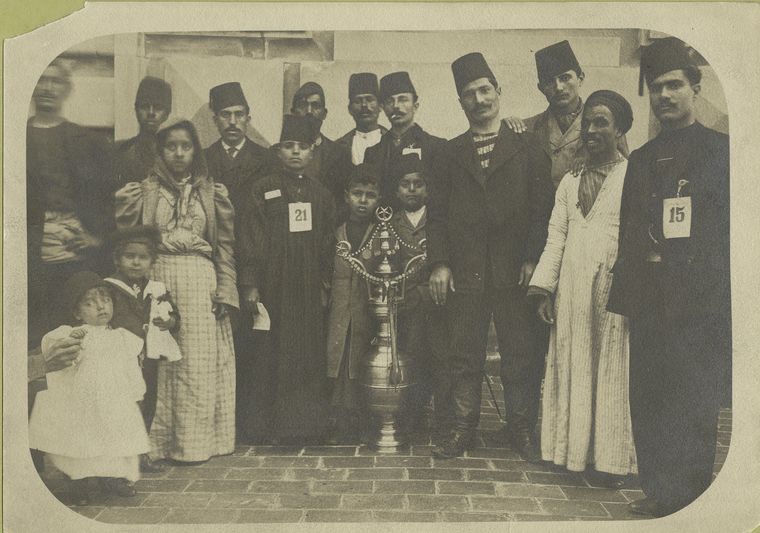
Your traveling companions may need Patience and Fortitude because the Irma and Paul Milstein Division of U.S. History, Local History and Genealogy can easily keep you enthralled and discovering fascinating insights about your ancestors all day! However much or little time you can spend, we will be here to help. You don’t have to be a "member" or even in New York City to get assistance from our Reference Librarians.
Email us your questions to at history@nypl.org and we will respond within a few days. We look forward to seeing—or hearing from you—soon!
Read E-Books with SimplyE
 With your library card, it's easier than ever to choose from more than 300,000 e-books on SimplyE, The New York Public Library's free e-reader app. Gain access to digital resources for all ages, including e-books, audiobooks, databases, and more.
With your library card, it's easier than ever to choose from more than 300,000 e-books on SimplyE, The New York Public Library's free e-reader app. Gain access to digital resources for all ages, including e-books, audiobooks, databases, and more.
If you don’t have an NYPL library card, New York State residents can apply for a digital card online or through SimplyE (available on the App Store or Google Play).
Need more help? Read our guide to using SimplyE.
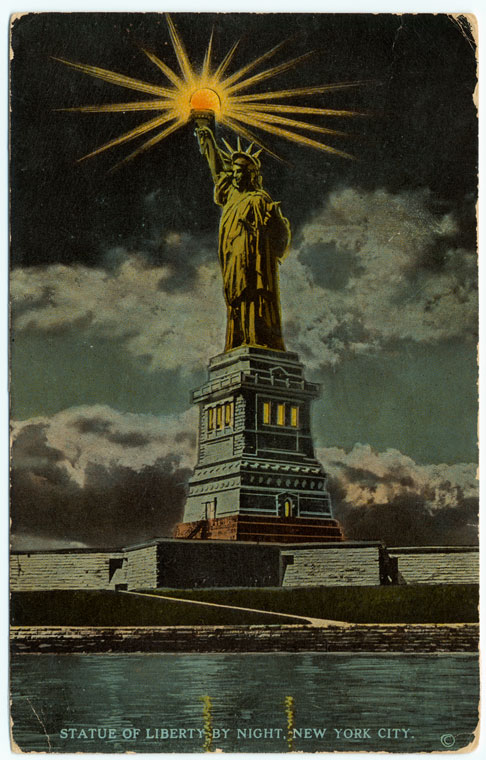
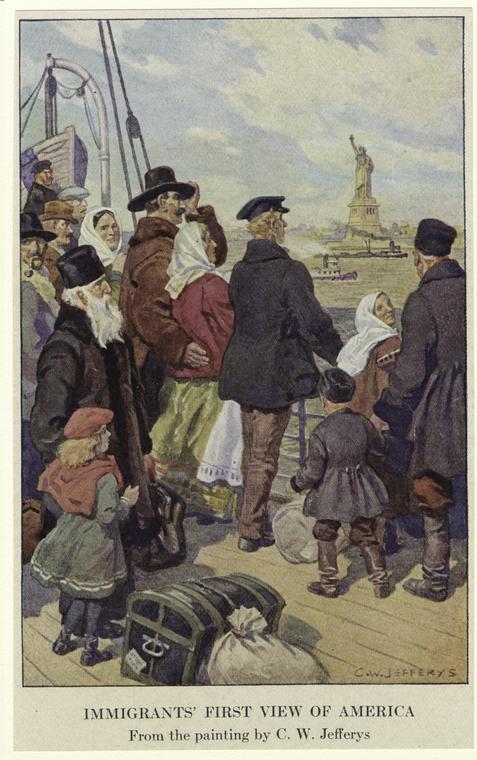
Comments
Genealogy Researchers
Submitted by Ann Murray (not verified) on September 17, 2019 - 1:54pm
Genealogy Researchers
Submitted by Philip Sutton (not verified) on October 17, 2019 - 12:02pm